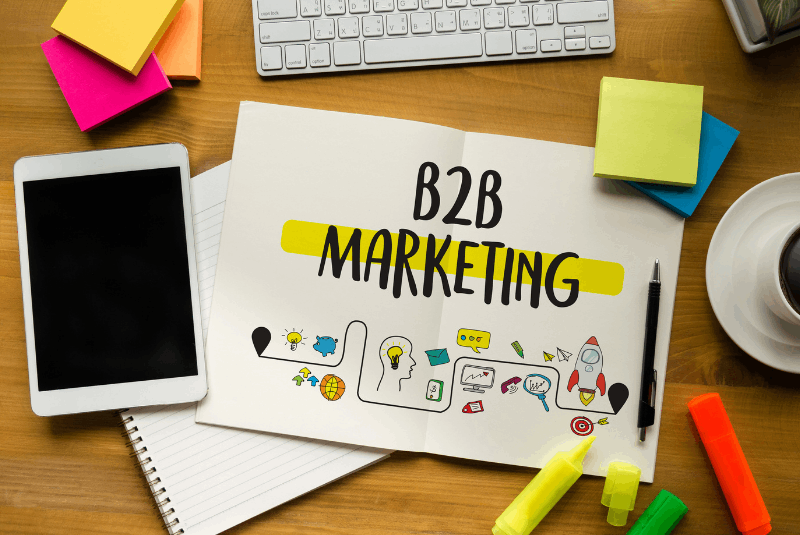As a marketer, you need to know one thing: Are your campaigns truly driving revenue?
If you don’t have an answer for that, you’ll struggle to make the right campaign optimizations and push leads further down the funnel. As a result, it becomes complex to know where to focus precisely. Or even where to start from.
Moreover, even if you are aware which customers to target, you have to target them at the most suitable time in their business flight to grab their attention.
Thankfully, marketing attribution fathoms this crisis and makes all the options far less vague by defining channels, efforts, and customers with different strategies.
On the other hand, there is also one fact which we need to accept, and that is- not everyone knows how to use it or what it means.
So here we are back again with some insights on how to use B2B marketing attribution to take your business to the next level.
Before we begin, you need to know precisely what it is.
Well, some of our studies state that almost one-fifth of agency respondents (18%) say that their clients carry out attribution. Except for one thing… they aren’t definite how to evaluate the results effectually.
You surely don’t want to be part of that one fifth.
Isn’t it crystal clear that those companies have no idea whether their marketing is working?
In spite of investing money in running ads and tons of time in creating content. All without understanding which efforts are giving results.
In a nutshell, marketing attribution is the science as well as the art of unveiling which touch points the customer merged with before making a purchase.
In theory, it should be easy. However, in practice, it’s not.
Without further ado let’s begin
1. First-touch attribution
This model is all about the very fundamental parts of the end user’s journey. They are the first few steps someone takes to visit your site for the very first time.
Thus it works best for marketers who concentrate on demand generation and lead forms.
The good thing about this model is that it’s pretty simple to put into effect with Google Analytics.
2. Last-touch attribution
As the name speaks in itself, it is the model which is the exact opposite of the first-touch attribution model.
This model puts all the interest on the very end of the consumer expedition. The items are “in their carts,”
Now is the hour to reach out and convince them to purchase.
3. Lead-conversion touch attribution
This model gives all of the brownie points to the touch point that finished up generating the lead.
It is among the most favored of all attribution models:
This is supportive on the surface for the reason that- it assists marketers to discern precisely which touch points are generating real leads.
4. Linear attribution
The linear-attribution model divides credit up evenly across every touch point of the client and customer journey.
Overall, this model lets marketers come up with an interconnected approach instead of putting all of their energy into a single high-performing touch point.
5. Time-decay attribution
With this model, you can get an enhanced experience for which channels or interactions are motivating customers to the touch points that are outsourcing conversions.
6. U-shaped (position-based) attribution
This model allows marketers to optimize both -the touch point that escorted a customer to their biz as well as the one that ended up converting the prospect.
Thus, as mentioned above, implementing this B2B marketing attribution process and tool is not easy. It takes a ton of expertise and requires much time to troubleshoot, and fine-tune the results you see.
Lastly, How to choose the right model for your business
There’s no straightforward answer to finding the exact attribution model for your trade.
Each model endeavors its own pluses and minuses. Here are some points which can be an aid in choosing the right attribution tool;
- Make a customer journey map
- Models should be actionable
- Focus on lead quality.
- Campaign objectives are key
- Don’t be afraid. Be ready to accept the change.
Conclusion
Now that you know precisely how B2B marketing attribution functions, you can target at the right places for the right patrons without all of that extra guesswork.
Don’t miss on testing your efforts and be prepared to swap them up at any given time based on the outputs of your testing.
The best part?
You will lead your company to the next level, decreasing the size of your budget as an incentive for all of your hard work and efforts.

